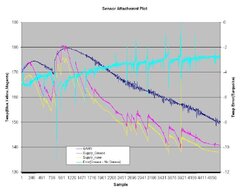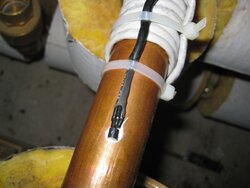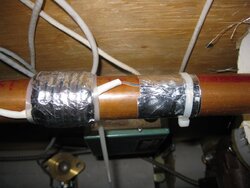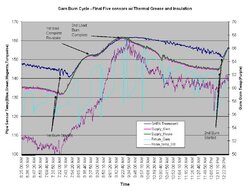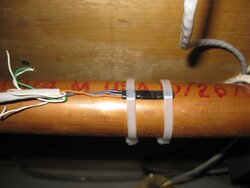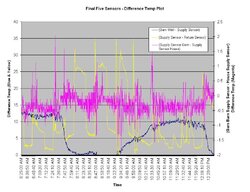Gooserider
Mod Emeritus
RowCropRenegade said:Is there a way to have a data logger adjust the values your sensors are tracking? Say for example, the sensors are off 7 degrees in 180 water, netting 173. Or 150 degree water its off 5 degrees. The sensor data sends the data back to the computer, the program references to a % error chart and records the correct temperature. Not an exact science but plus or minus a degree or two seems "good enough"? Just some food for thought. I would think Microsoft Excel/Access could handle the conversion/tracking easily.
Data can be manipulated and massaged quite readily at almost any stage of the process from initial collection to final display, just takes the right software tools, which are easily found... The problem with massaging data in that way though is that you don't have any solid way of knowing how well what you get post massage is a reflection of reality... As long as the massaging matches the real world it is fine, but the computer is totally dependent on the programmer to make the massage accurate.
Thus it is quite proper to work with the sensor placement and installation to get increased reading accuracy, and it's reasonably safe to adjust with a known valid calibration curve to deal with a verified sensor error, but it is vital to ensure that you are correcting a "real" error, not engaging in wishful thinking of "it should be X, so I'll adjust the sensor to match..."
Gooserider


